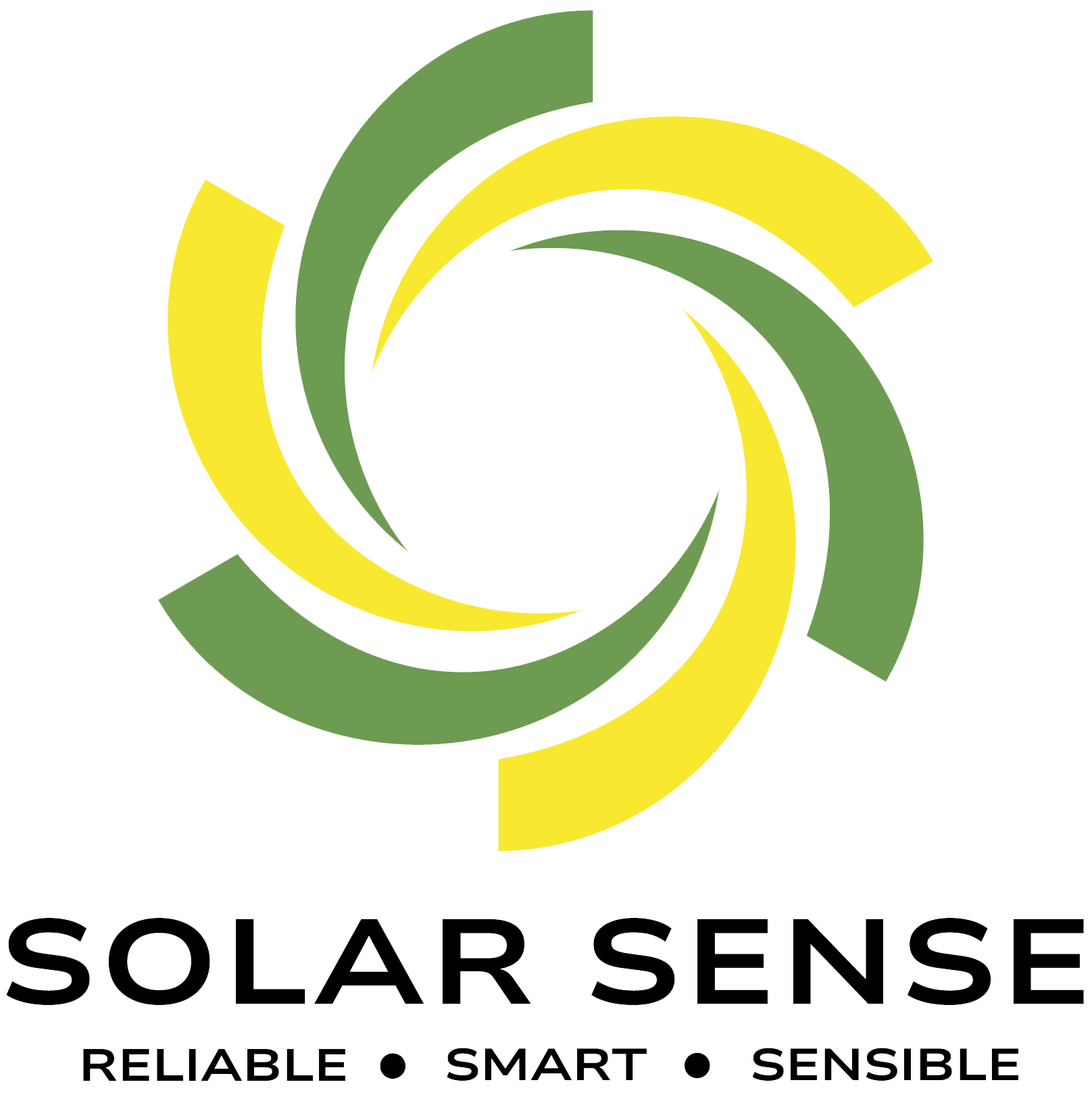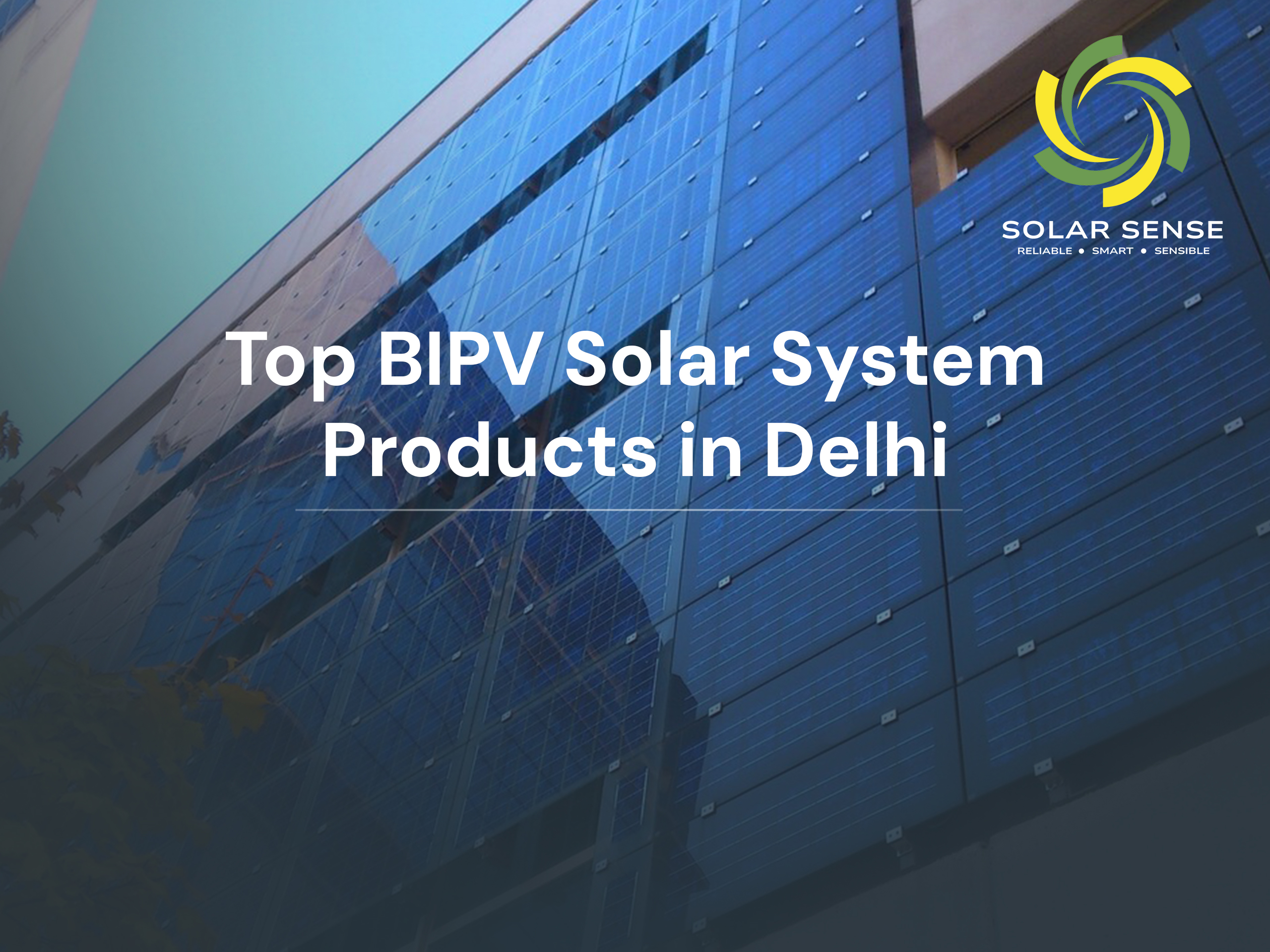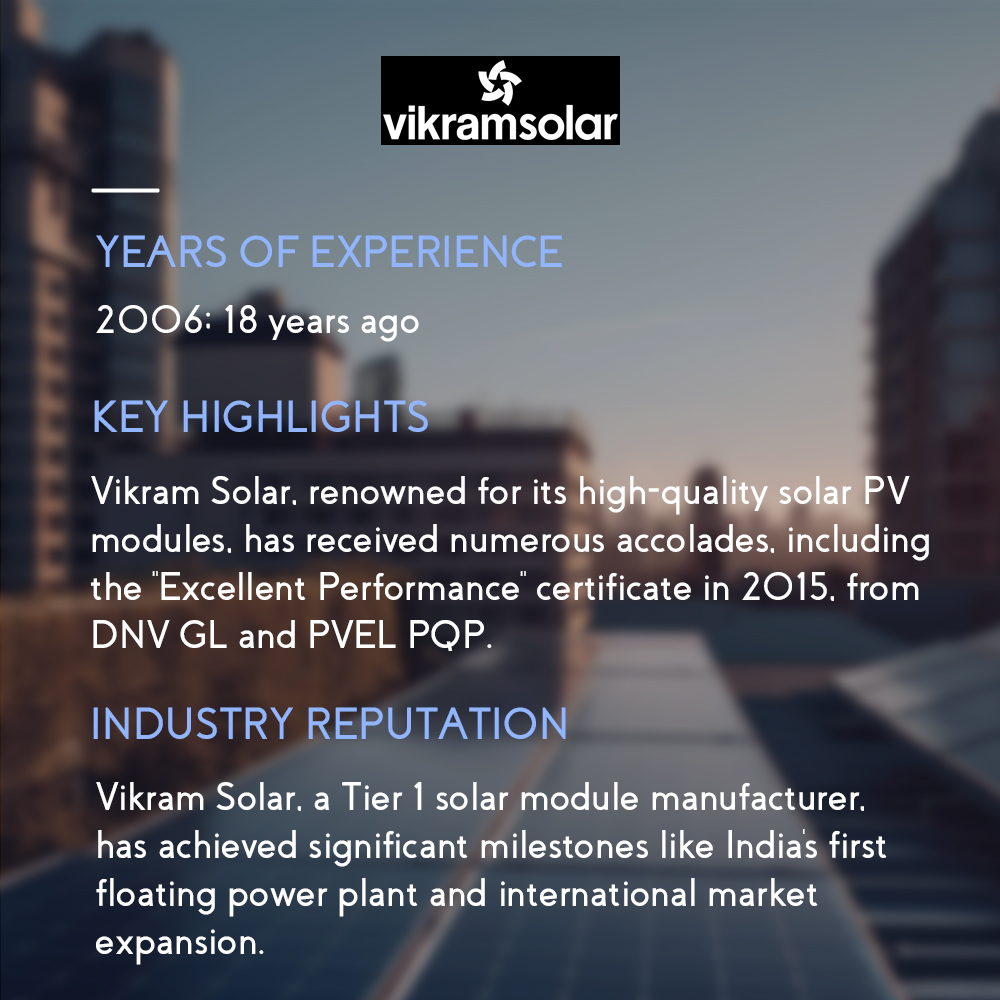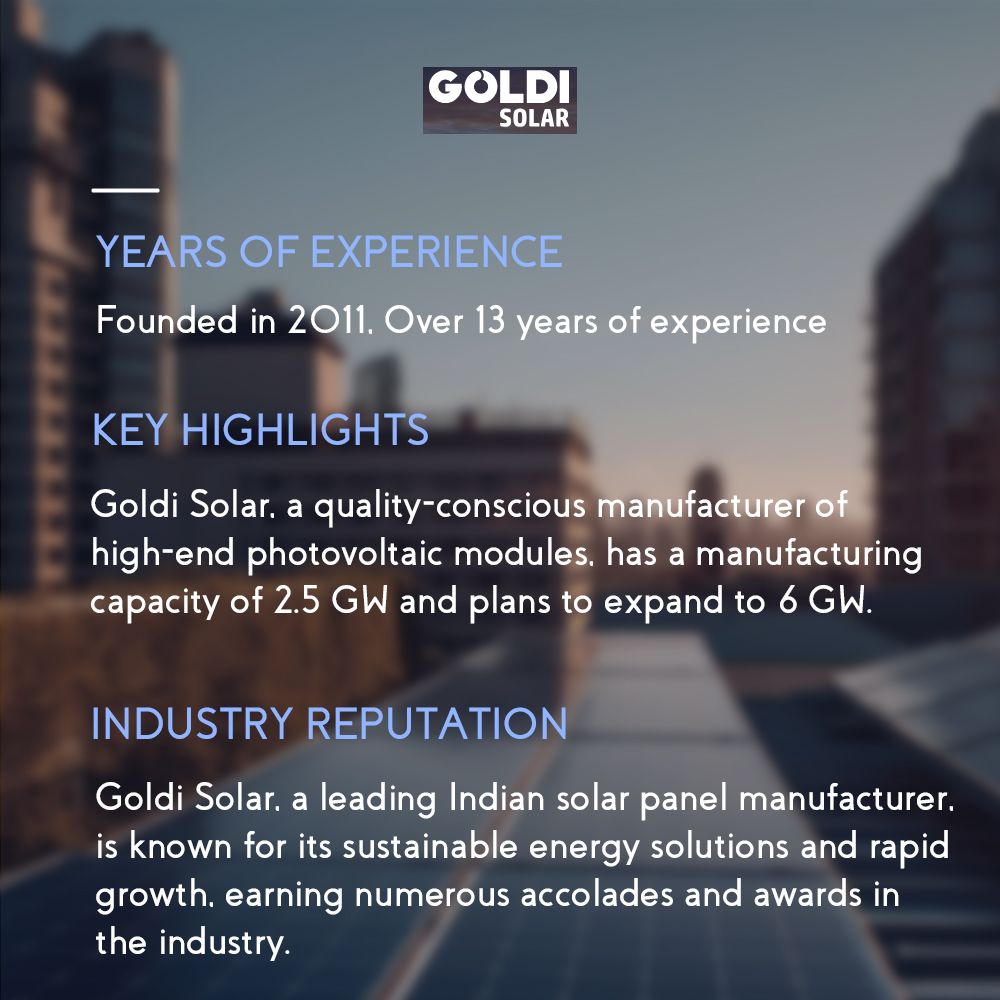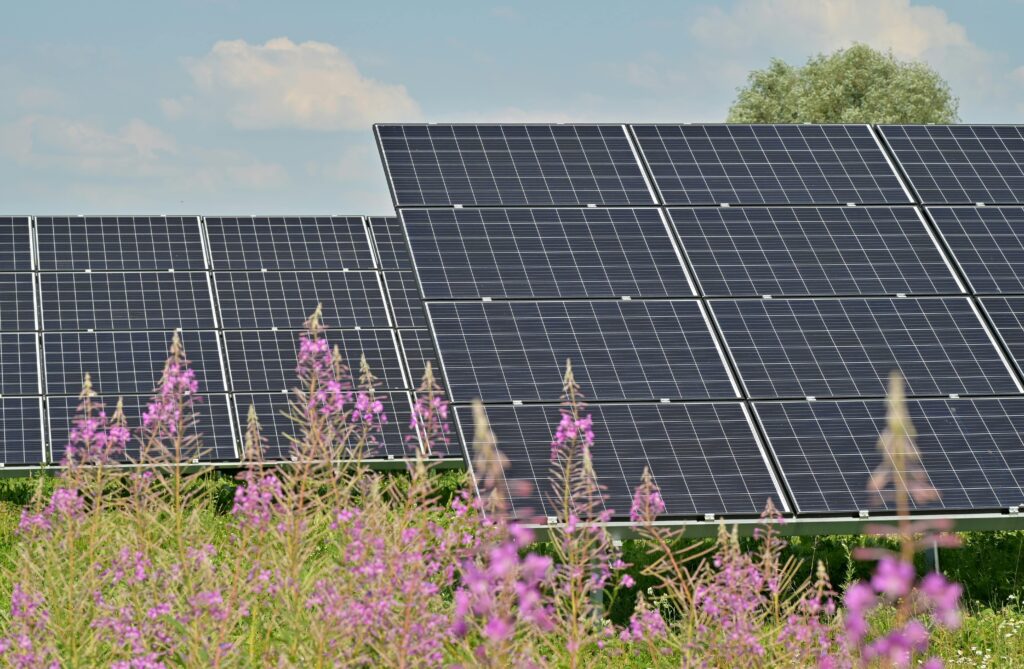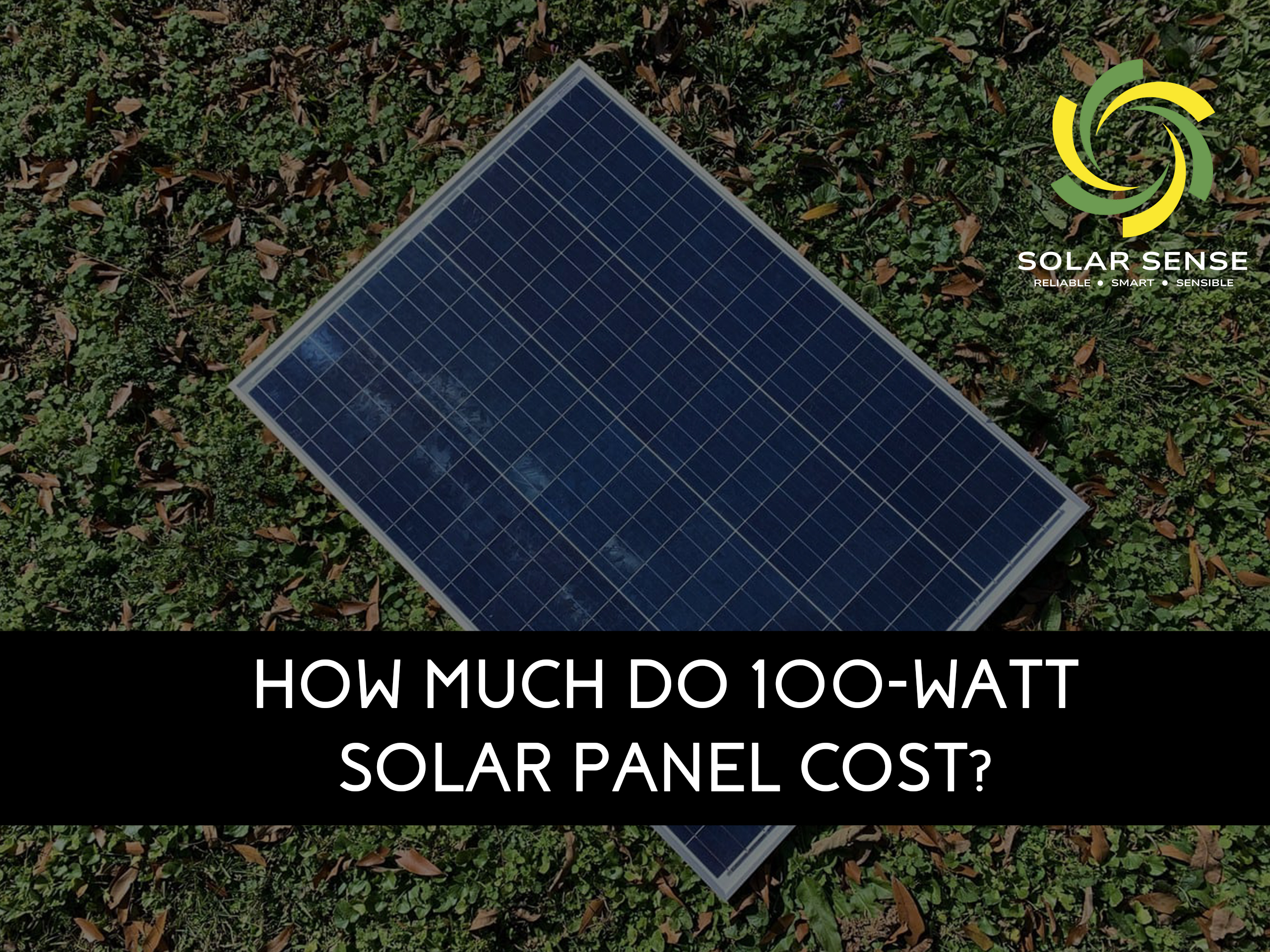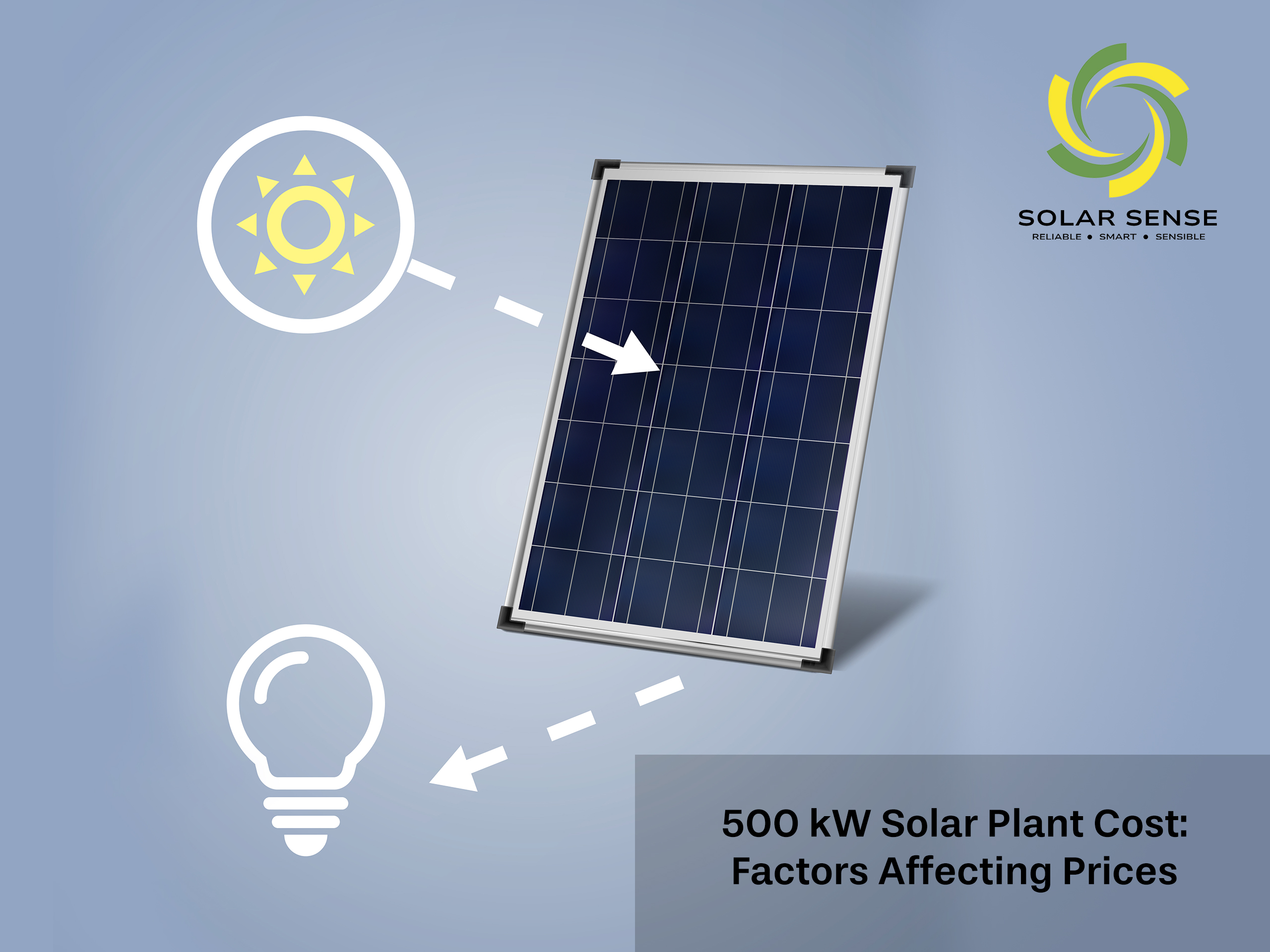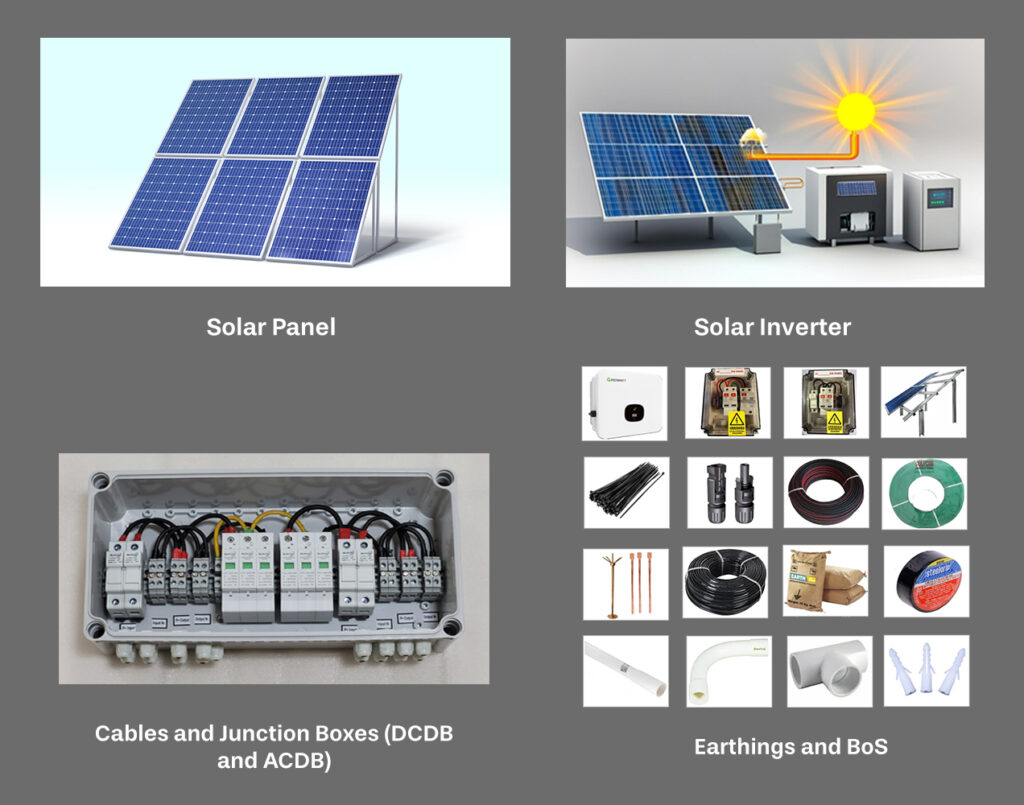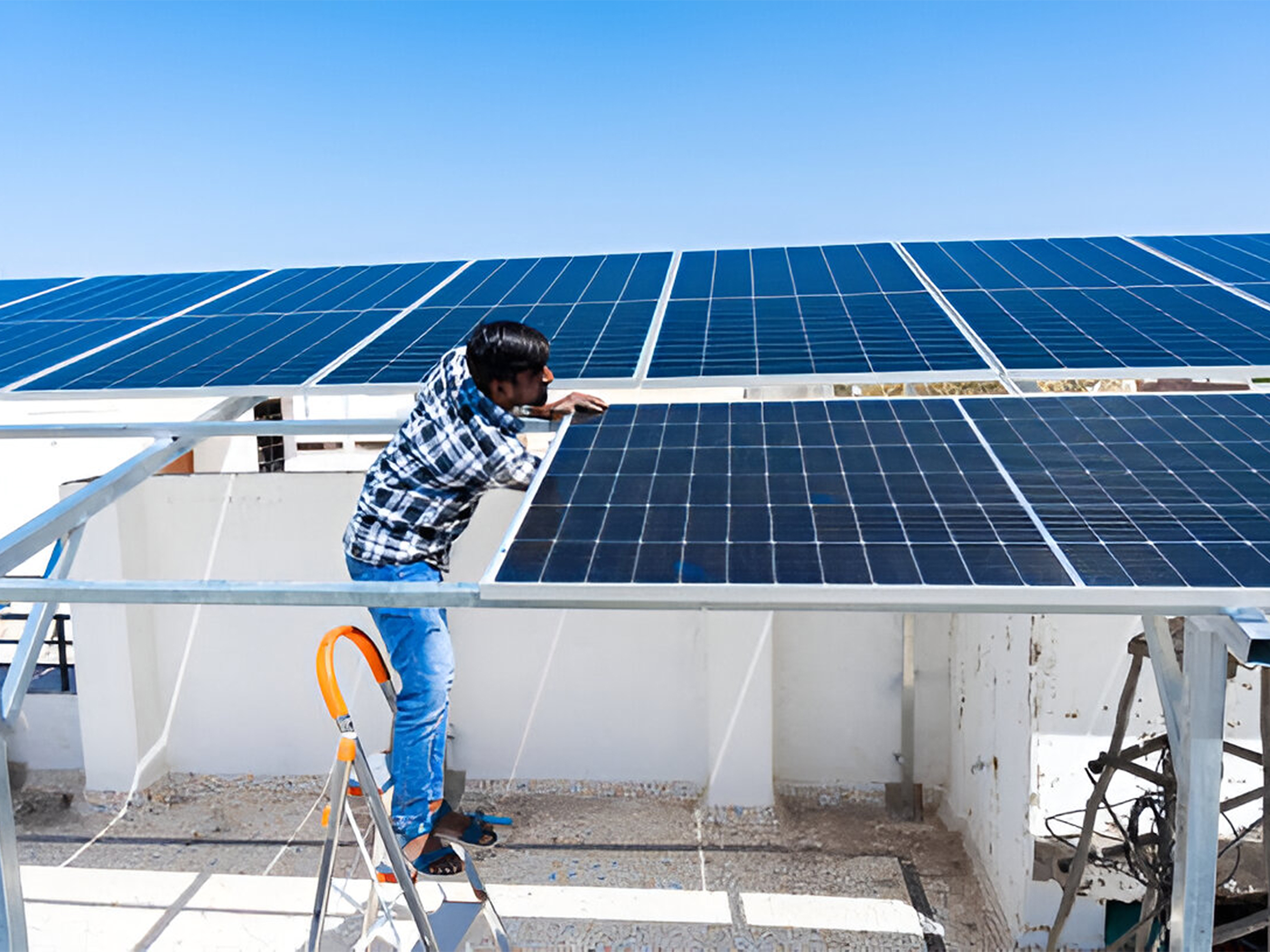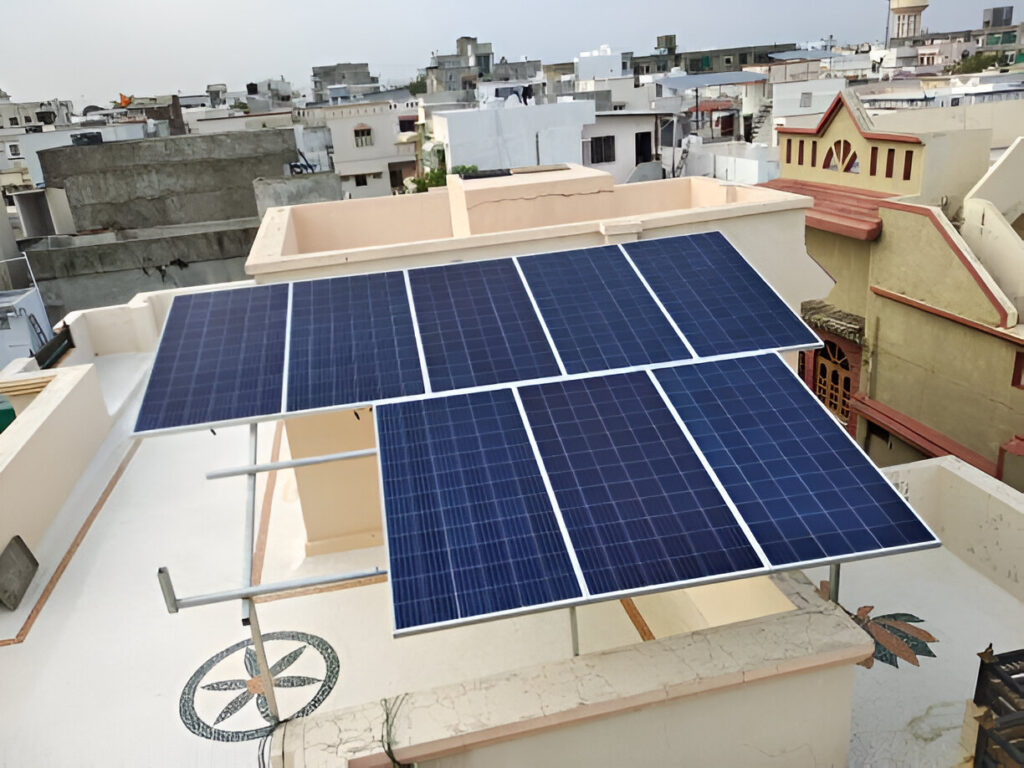Currently, the use of solar energy as a source of energy in terms of home and commercial use is constantly increasing. The growing demand for solar energy creates the need for the best solar panel manufacturers in Delhi NCR.
In this blog, you will get acquainted with some of the best solar panel manufacturing companies in India, the considerations of choosing solar energy as a form of energy, and our primary reason for being the best solar panel dealer in Delhi, Solarsense.
Why Solar Energy is the Future for Delhi NCR
Delhi NCR is considered one of the largest and growing metropolises in the region of India. Due to rising electricity rates and growing awareness about renewable energy, the use of solar panels has increased among the population. Everyone of us who buys and installs solar panels will get monetary benefits, reduction in electricity bills and reap long-term benefits.
As a smart investment, these should be installed for both residential and commercial properties. Since sunlight is always beneficial in Delhi NCR, using solar panels to generate electricity is a quick and eco-friendly energy solution.
Leading Solar Panel Manufacturers in India
India is home to some of the most reliable solar panel manufacturers in the world. These companies produce high-quality, durable, and efficient solar panels that help consumers save money and energy. Below are some of the top solar panel manufacturers in India.
Some of the world’s most trusted solar panel manufacturers are found in India. These companies manufacture solar panels with high quality, durability, and efficiency, allowing consumers to save some money and energy. Following are the top solar panel manufacturers in India.
1. Waaree Solar Panels
The leading solar panel manufacturer in India is Waaree. Waaree is well-known for its high-quality products and great performance and their solar panels are perfect for use in both residential and commercial situations. The products are reliable, durable, and affordable making them one of the top solar panel manufacturers in India.
Waaree provides some of the best solar panels in India if you wish to install solar on your rooftop or even want to install a huge solar system at your business.
2. Tata Solar Panels
One of the best solar panel manufacturers in India is Tata, which is a widely trusted name. Tata solar panels are for small and large-scale energy users. They are durable, high-performing and offer really good value for money.
There is one main reason why Tata is one of the best solar panel companies in India, and that is their constant focus on innovation and sustainability. If you are considering making a smart investment in solar energy, choose Tata solar panels.
If you want to know Tata solar panel prices, know that you are striking a balance between cost and quality. Although Tata solar panels are built to last and provide excellent performance over time, they are one of the most popular choices chosen by a lot of consumers.
3. Adani Solar Panels
Adani is another major player in the solar panel manufacturing industry in India. Known for manufacturing high-quality solar panels at affordable prices, Adani has earned a reputation as one of the top solar panel manufacturers in India. Their panels are reliable, energy-efficient and designed for both residential and commercial use.
Adani solar panels offer great value for those looking for affordable yet high-performing solutions. Their products are highly rated for their energy output and durability.
4. Havells Solar Panels
Havells is another name among the solar panel manufacturing companies in India. The batteries produced by Havells are known for their focus on innovation and quality in their production, as well as in solar panels. Havells has a wide range of trusted products in the solar industry.
If you are looking for a residential solar system or commercial solar system, Havells solar panels are the most reliable, performant and will save you money! Their panels are designed to withstand the vagaries of weather and help reduce your electricity bills.
Why Solarsense is the Best Solar Panel Dealer in Delhi
Choosing the right solar panel manufacturer involves a lot, but selecting the right dealer to buy from is equally important. For many reasons, Solarsense is the best solar panel dealer in Delhi.
Trusted Dealer of Leading Solar Brands
At Solarsense, we offer high-quality products from the top solar panel manufacturers in India. We are proud to deal with renowned brands like Waaree, Tata, Adani, and Havells. These brands are known for their reliability, energy efficiency, and performance. As the best solar panel dealer in Delhi, we provide our customers with the best options available in the market.
We bring high quality products from Indian solar panel manufacturers at discounted prices. So yes we are proud to have worked with brands like Waaree, Tata, Adani and Havells. The reliability, energy efficiency and performance of these brands is well known. Being in Delhi, we will be able to give you the best options available in the market as we are the best solar panel dealer in Delhi.
Expert Installation and Service
Our expert installation and after sales service has given us the reputation of being the best when it comes to selling solar panels in Delhi and that is why we are called the best solar panel dealer in Delhi. We are not just about selling solar panels, we make sure you get complete personal guidance until you get the job done. Whether you want to choose the right panel for your home or business or you need us to install things properly, we make sure your solar system works as it should.
Our team of experts will create the perfect solar solution with the energy you need. Along with this, we also provide solar panel maintenance so that your system keeps working in great condition for years to come.
Competitive Pricing
At Solarsense we know that choosing the right solar panel is important, and one of the most important things you need to decide is your budget and how much you want to spend. That’s why we give you the best solar panel prices in India to ensure our customers get value for money. And we offer flexible payment plans to make solar energy more available to everyone.
Customer Satisfaction
At Solarsense, our top priority is that you are completely satisfied with your solar system. Our customer-centric approach starts with listening to you and talking to you before moving forward. As your solar panel dealer in Delhi, we offer professional advice, quality products, and ongoing support to ensure you have the best experience when you choose us.
Conclusion
Getting the most out of your solar power system will depend on choosing the best solar panel manufacturers in Delhi NCR. When you buy solar panels from brands like Waaree, Tata, Adani and Havells you can assure yourself knowing that you are buying top brands and they will be efficient, durable and long-lasting. When it comes to buying these panels, Solarsense is the best dealer of solar panels in Delhi with great products, great services and great prices. If you are looking to invest in solar panels then Solarsense is the right place. Our goal is to help you get the best solar solutions within your budget.
